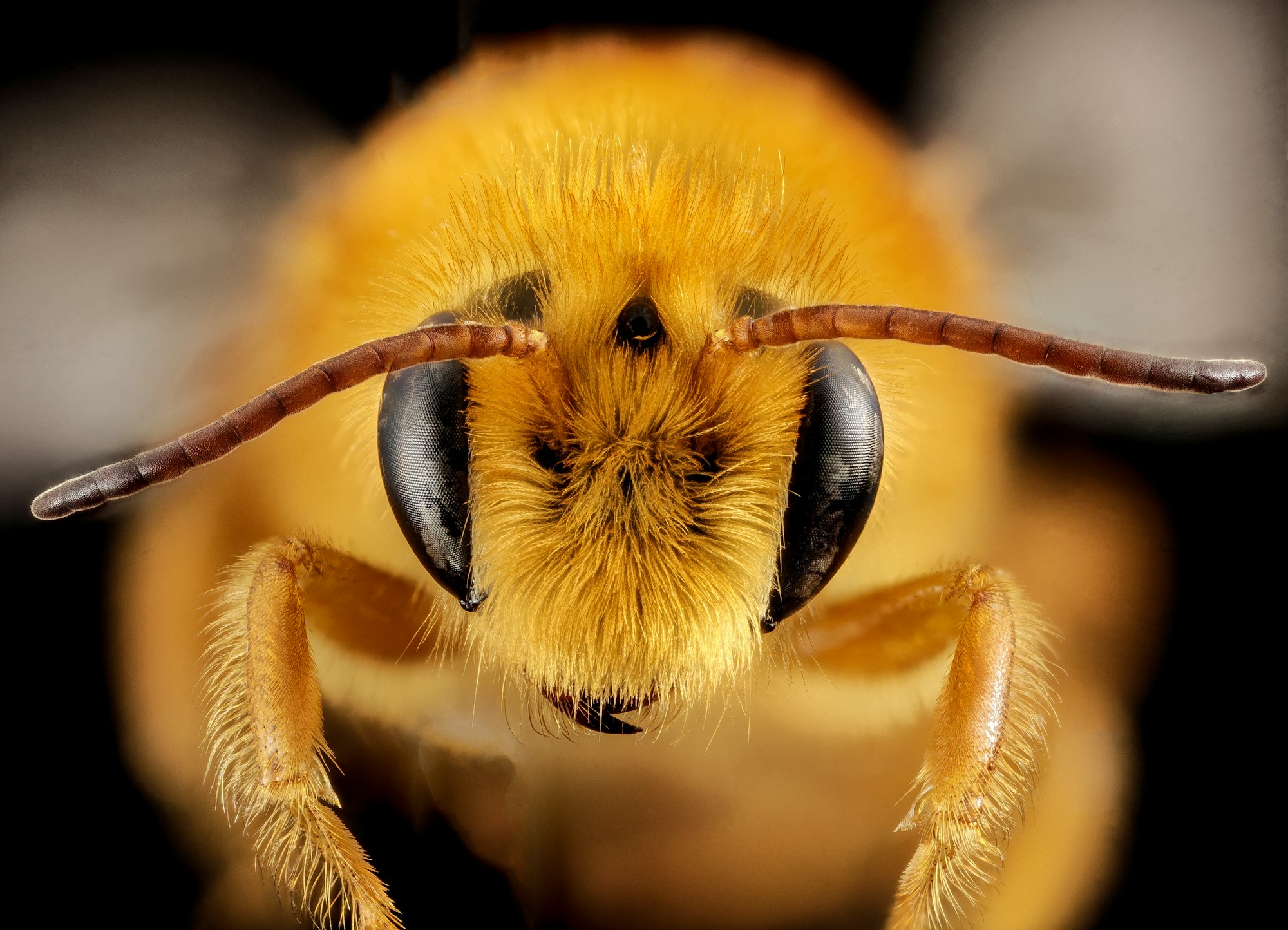Honey, I Drowned the Bees
The scientific reason behind a buzzy new study.

Designing experiments is a great deal of fun. People who haven’t worked in labs might not realize that coming up with rigorous tests to answer scientific questions — determining which data sources to use, devising extensive controls, and plotting an easy path to analysis — matters at least as much as carrying out the work itself. I’m delighted by elegant study design. One example that springs to mind is a famous 1995 paper from developmental biologist Walter Gehring. Gehrig’s lab discovered that a gene in fruit flies called eyeless seemed to control the embryonic development of the eye. To support their theory, they took the gene out: voila, the resulting fruit flies had measly, underdeveloped eyes.
But my favorite part is what came next. It’s a logical tongue-twister, but proving that a structure doesn’t develop without a gene isn’t the same as demonstrating it does develop with it. So, to show that eyeless was sufficient to produce eyes in fruit flies, the researchers translocated copies of the gene to groups of cells in developing embryos, producing eyes all over the flies — in their legs and along their bodies, anywhere they put the gene. Eyes everywhere!

Other times, ingenious experimental design stems from asking unexpected scientific questions and following up on happy accidents. That’s why I immediately appreciated a recent study in Biology Letters about bumblebees undergoing diapause. Diapause in bees is similar to hibernation. In the winter, bumblebee queens enter a stage of dormancy as a result of unfavorable conditions. For half a year, the bees stop eating, growing, or foraging and hunker down in their hives.
Here’s where study design comes in. Scientists in Ontario, Canada, were studying bees undergoing diapause and … they messed up. From the new research:
“In a previous study, an experimental oversight led to the inadvertent accumulation of water in containers housing diapausing bumblebee (B. impatiens) queens under controlled conditions. Surprisingly, upon removing the water, the queens were found to be alive.”
Honey, we drowned the bees! But the bees were OK? A literature search revealed that nobody had ever asked the question of whether bees could survive an accidental drowning while in diapause. And, as often is the case, you can’t answer a question that you haven’t asked.
Once the researchers asked the question, it seems like the experimental design fell into place. They’d have three groups of bees: a control group of 17 were not exposed to water. Twenty-one bees were placed into tubes, doused in water, then left to float for up to a week. And the least lucky of the swarm, another 21 were submerged in water-filled tubes and held underwater for up to a week.
Just beautiful stuff. And, I should note, more complex than an experiment that simply drowned bees. Because if you submerge bees in water and they survive, you’d be a bad scientist not to ask follow-up questions, like “Does this mean bees in diapause can survive without oxygen?” and “How long can you drown a bee before it doesn’t come back to life?”
Happily, we can now begin to answer those questions. Compared to the control (dry) bees, the floating and submerged groups did not die at significantly higher rates, regardless of how long they were left on top of or under the water. That is wild: It means bees left underwater for a week were no worse off than bees doing their normal thing, diapausing in a tube with dirt.
You can’t answer a question that you haven’t asked.
The co-authors write that this makes bumblebee queens the exception, not the rule among insects that overwinter in their adult stages. Ground beetles, for instance, are not flood-tolerant, suggesting there are some key differences between these insects’ overwintering strategies and bees’ diapause. Apparently, some diapausing insects breathe differently when in that state, gasping and holding in gas instead of constantly inhaling and exhaling.
All this to say, if you thought the Drowned God from Game of Thrones was cool, it turns out that bumblebee queens are even more metal. What is dead may never die.

